
| Kokoda Track(1. Kokoda to Camp 1900) |
Getting There |
|
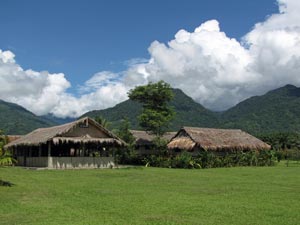 Orohaven Lodge - Kokoda |
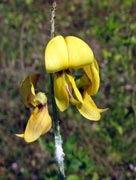 |
Ordinarily, changing from south-north to north-south would not have been an issue, but Nick, Imogen and I had been planning to follow the footsteps of Bill and his mates of the 3rd Battalion from Owers' Corner to Kokoda. From my reading, I had a mental picture of the walk from south to north burned into my brain and now it had to be cast aside and replaced – disappointing. That was yesterday and this morning we were up at 5am to get to the airport and board a small chartered plane (a Cessna Caravan that from appearances once belonged to the Wright Brothers). Still, the flight across was enjoyable and smooth, as we climbed above the puffy white clouds to look down on the rankled green tapestry of the jungle beneath, etched with streams and sharp spurs. These rugged foothills climbed up towards our little plane until a thick band of cloud hid them as we crossed the spine of the Owen Stanley Range. Reaching the northern slopes, the clouds broke up to reveal the tiny green airstrip of Kokoda nestled amongst the palm plantations and fields of a fertile valley. With a couple of lazy, but steeply descending spirals our pilot brought us down onto the grassy runway. Welcome to Kokoda! |
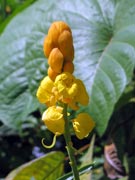 |
|
|
|
|
||
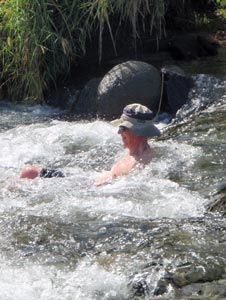 Madi River spa bath |
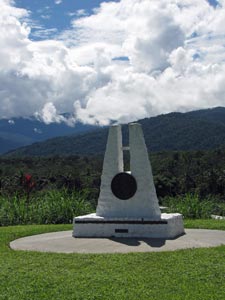 Memorial to the Papuan carriers who served the Kokoda Track |
|
 |
Day 1 - Kokoda to Usurava (14.5km - 1210m ascent – 200m descent) |
|
|
|
|
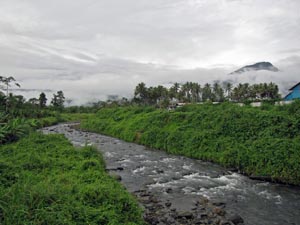 Low cloud over the valley |
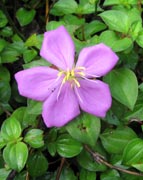 |
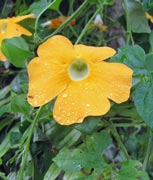 |
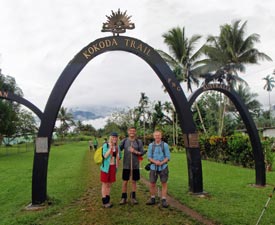 Imogen, Nick and yours truly at the official start |
|
|
|
|
||
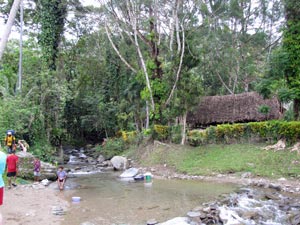 Rest stop at Faiwani Creek |
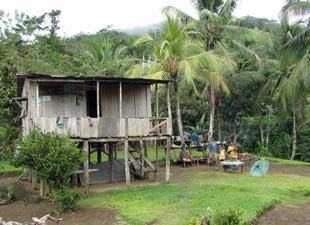 Hoi Village |
|
|
|
|||
|
||
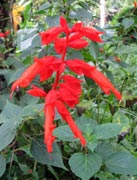 |
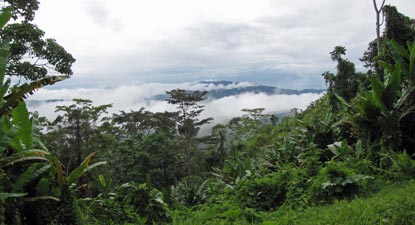 View from Deniki over the cloud-covered Yodda Valley |
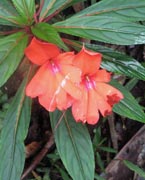 |
|
|||
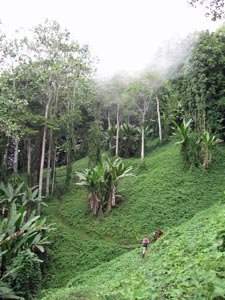 Crossing the hillside choko gardens |
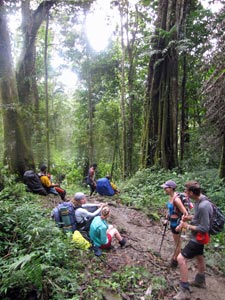 A break in the rain forest .... |
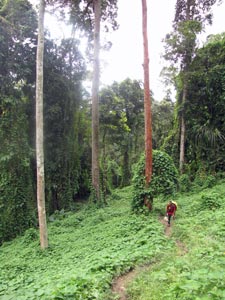 .... and then more chokos |
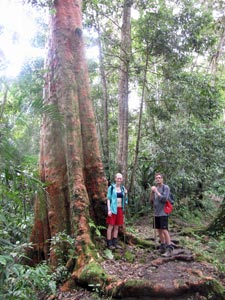 Beside a forest giant |
|
|
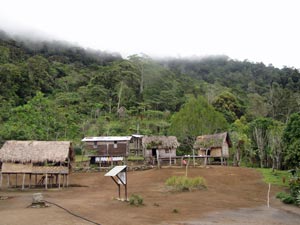 The village square at Isurava |
|
||
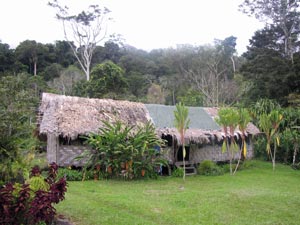 Sleeping hut at Isurava |
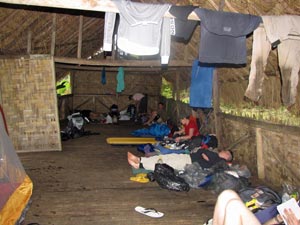 Making ourselves at home |
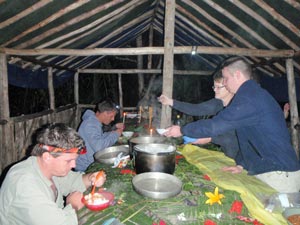 Dinner is ready |
|
||
    |
Day 2 - Isurava to Eora Creek (10.5km - 610m ascent – 480m descent) |
|
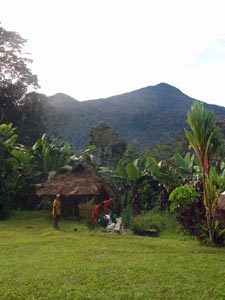 At last no cloud on the peaks |
|
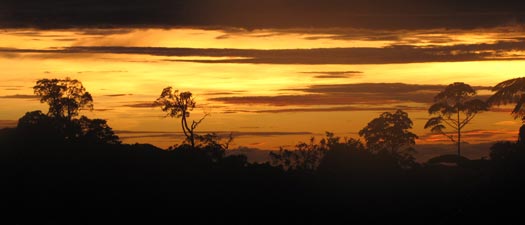 Isurava sunrise |
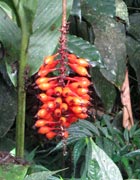 |
|
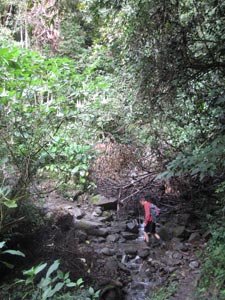 Back into the rain-forest |
|
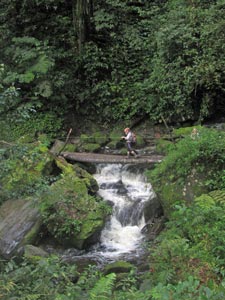 One of several sidestreams to cross |
|
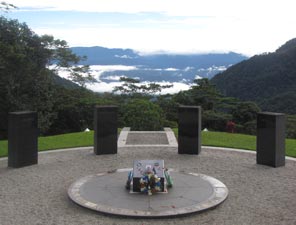 Memorial to the Battle of Isurava (August 1943) |
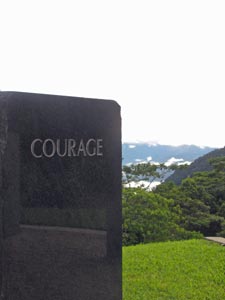 |
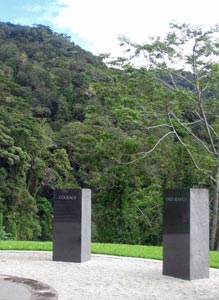 |
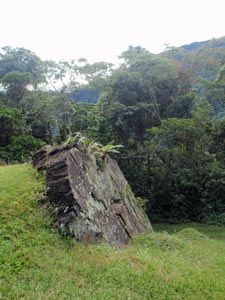 |
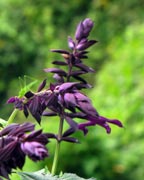 |
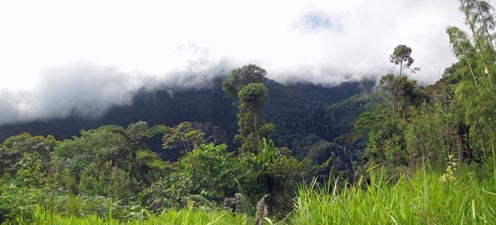 View across the valley from Isurava Battlefield |
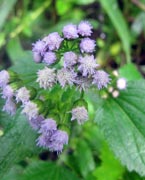 |
|
||
|
|
|
|
|
||
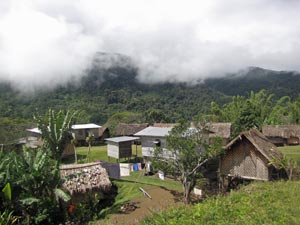 The sun shines on Alola |
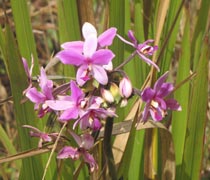 |
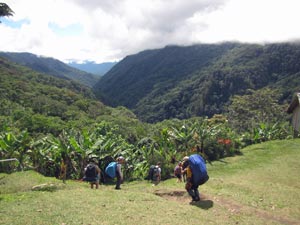 Heading off through the bananas |
|
|||
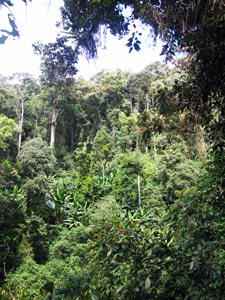 The dense rainforest canopy |
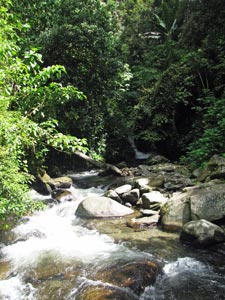 A babbling sidestream |
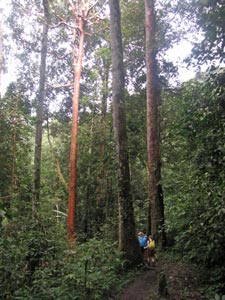 Where the tall trees grow |
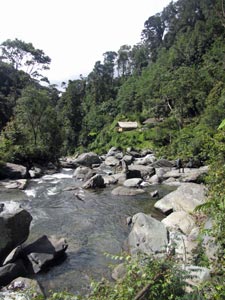 The tranquil beauty of Eora Creek |
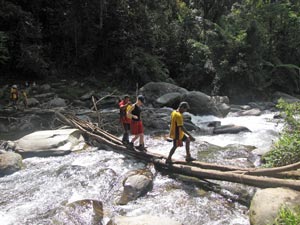 Imogen crossing the log bridge over Eora Creek |
 Taken from our swimming hole |
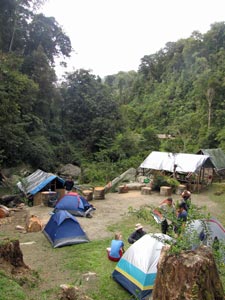 Campsite at Eora |
|
||
|
      |
Day 3 - Eora Creek to 1900 Campsite (15km - 1050m ascent – 550m descent) |
|
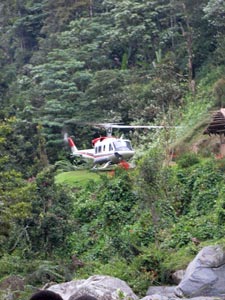 Medical evacuation of a trekker from another party |
|||
 |
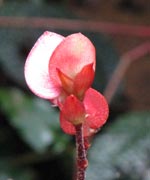 |
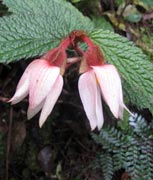 |
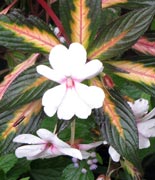 |
|
|
|||
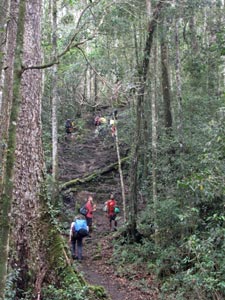 The climb up from Eora Creek begins |
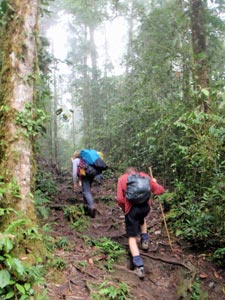 Another steep section |
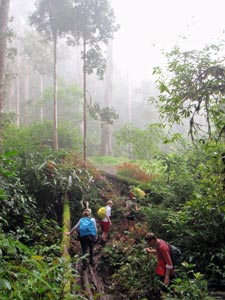 A rare opening in the forest |
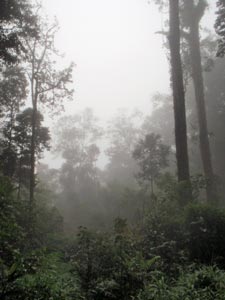 The mists seep in |
|
||
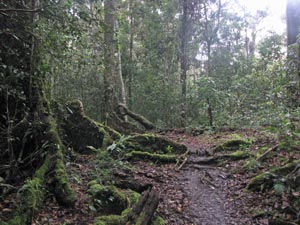 The dark beauty of the rain forest floor |
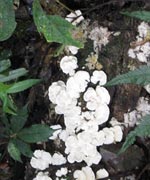 Phosphorescent fungi |
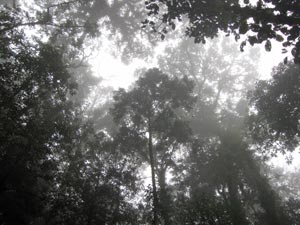 Where the light comes in |
|
|
|
||
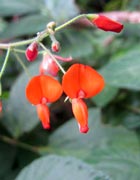 |
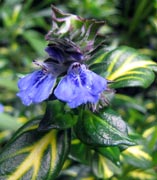 |
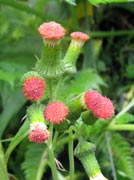 |
||
|
||||
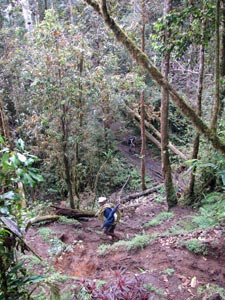 A steep and muddy climb |
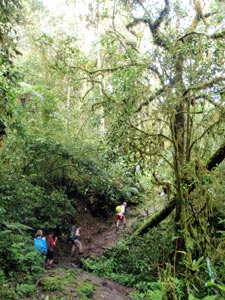 Beneath the lichen-drooping trees |
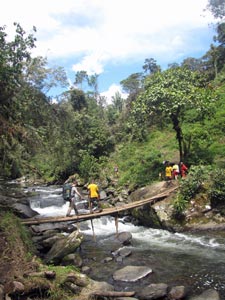 Crossing Eora Creek near Dump No. 1 |
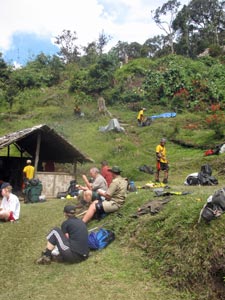 Relaxing in the sun at Dump No. 1 |
|
|
|
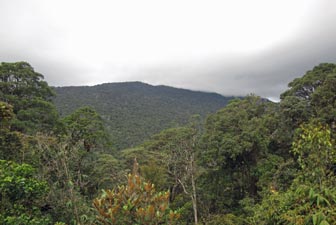 A rare glimpse of the neighbouring ridges |
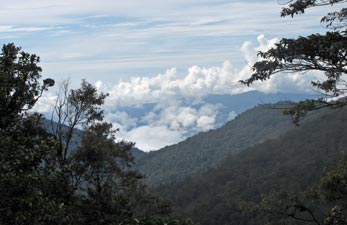 Looking back down our route from near Kokoda Gap |
|
|
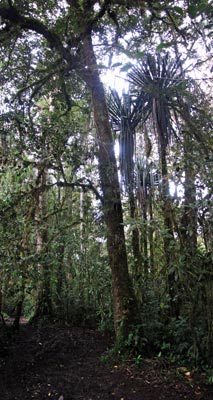 In the half-light of the moss forest |
||
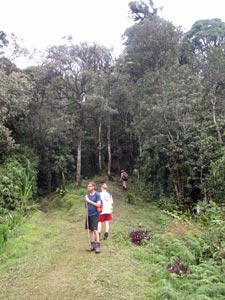 Nick contemplates the view |
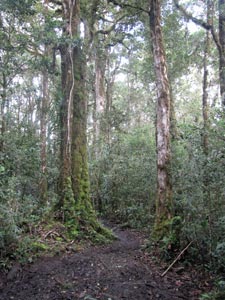 Muddy track through the moss forest |
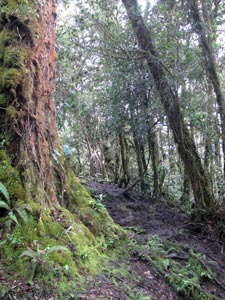 A red-barked forest giant |
|
|
|
||||
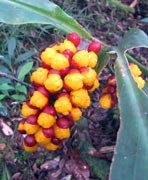 |
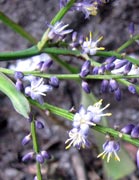 |
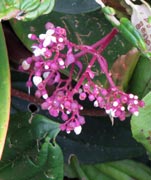 |
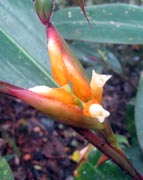 |
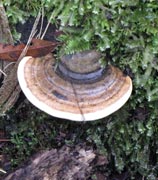 |
|
|
|||||
|
|
|
|
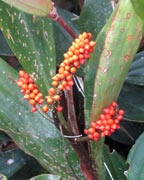 |
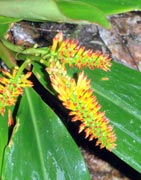 |
||
|
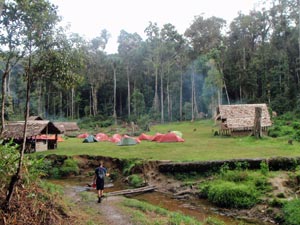 Smoke drifts over the 1900 Campsite |
       |